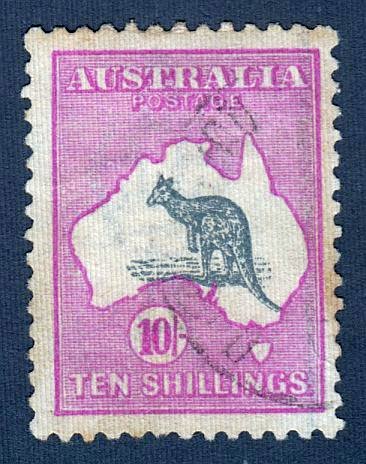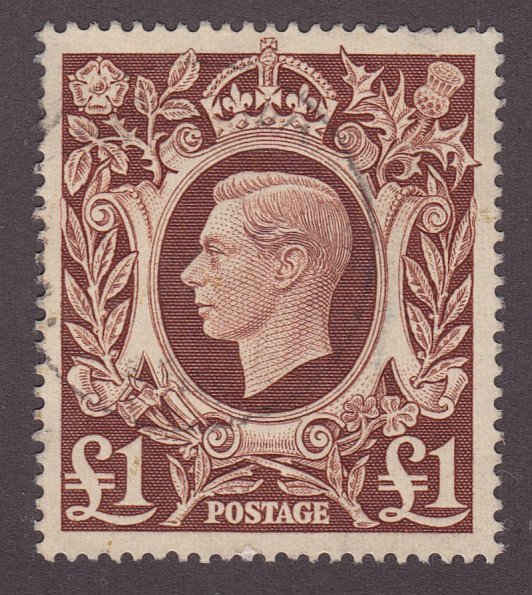
Discussion - Member to Member Sales - Research Center

Discussion - Member to Member Sales - Research Center


Login to Like
this post
Mel, the term you're looking for is "paper fibers".
One of the easiest ways to tell if the coil is genuine is to compare the vertical height and the horizontal length of the suspect coil to a known genuine flat plate coil. You would compare the entire stamp,including the paper. If the height and/or length of the suspect stamp is too large or too small compared with a genuine stamp, then the suspect stamp is usually a fake.
Coil stamps were cut to a specific size. This was necessary in order for the coils to fit in coil stamp dispensers. Fakers often try to make large margins around the design, thinking (rightfully) that collectors prefer large margins, and pay extra for such. However, while that is easier to fake on sheet stamps, it doesn't work, and is a dead giveaway, when faking coil stamps. There is no such thing as a "jumbo margin" coil stamp.
If you think you have a Scott #443, you'll have to get a cert for it if you want to sell it as there are a ton of fakes out there.

Login to Like
this post
Michael, yes thank you, paper fibers is the words I wanted to use. My old age is creeping up on me. I am guessing that the stamp was measured to see if it fit the Scott #452 criteria of size. If it was, and did not meet the dimensions, then it only left the 2 choices.
When you compare the horizontal and vertical measurements to a known flat plate coil, what stamp do you use for the comparison?

Login to Like
this post
It looks real to me. Statistically speaking, a forger will try to create something with more of a profit margin. These might help.



1 Member
likes this post.
Login to Like.
Very nice find! That page is blank for me.


Login to Like
this post

Approvals
Just my 2 cents, but I would think a 443. Notice the fine hairs, or what ever they are called, in the perf holes. Also some of the perf holes have a slight downward angle which results when the stamp is pulled through the perforating machine.

Login to Like
this post

re: ID US 443 or 408perfed
Mel, the term you're looking for is "paper fibers".
One of the easiest ways to tell if the coil is genuine is to compare the vertical height and the horizontal length of the suspect coil to a known genuine flat plate coil. You would compare the entire stamp,including the paper. If the height and/or length of the suspect stamp is too large or too small compared with a genuine stamp, then the suspect stamp is usually a fake.
Coil stamps were cut to a specific size. This was necessary in order for the coils to fit in coil stamp dispensers. Fakers often try to make large margins around the design, thinking (rightfully) that collectors prefer large margins, and pay extra for such. However, while that is easier to fake on sheet stamps, it doesn't work, and is a dead giveaway, when faking coil stamps. There is no such thing as a "jumbo margin" coil stamp.
If you think you have a Scott #443, you'll have to get a cert for it if you want to sell it as there are a ton of fakes out there.

Login to Like
this post

Approvals
re: ID US 443 or 408perfed
Michael, yes thank you, paper fibers is the words I wanted to use. My old age is creeping up on me. I am guessing that the stamp was measured to see if it fit the Scott #452 criteria of size. If it was, and did not meet the dimensions, then it only left the 2 choices.
When you compare the horizontal and vertical measurements to a known flat plate coil, what stamp do you use for the comparison?

Login to Like
this post

re: ID US 443 or 408perfed
It looks real to me. Statistically speaking, a forger will try to create something with more of a profit margin. These might help.



1 Member
likes this post.
Login to Like.

re: ID US 443 or 408perfed
Very nice find! That page is blank for me.


Login to Like
this post

